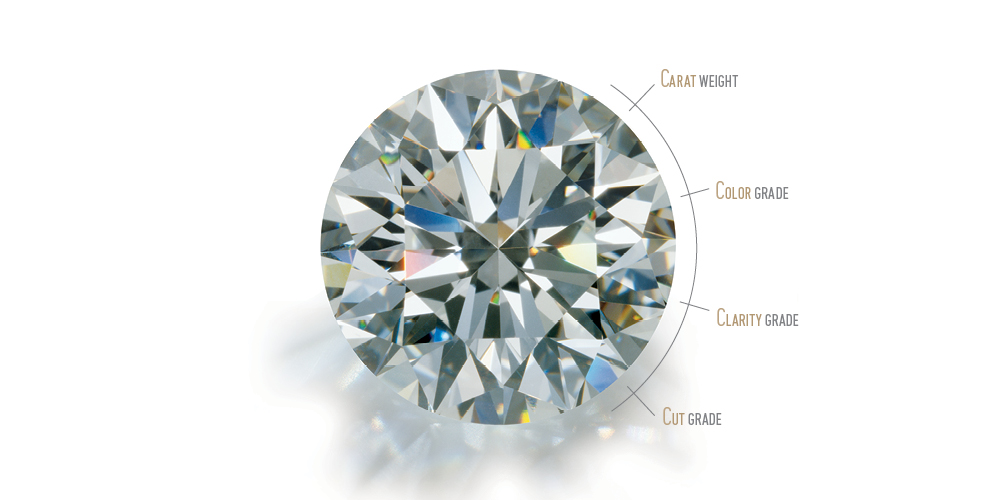Back to: Diamond Rough
Until the middle of the 20th century, there was no agreed-upon standard by which diamonds could be judged for their quality and value. This lack of standardization made it challenging for consumers to understand and compare diamonds from different sources.
However, in the pursuit of creating a universal language for communicating diamond quality, the Gemological Institute of America (GIA) introduced the concept of the 4Cs: Color, Clarity, Cut, and Carat Weight. This groundbreaking system revolutionized the diamond industry and provided a consistent framework for evaluating diamonds worldwide.
Let’s dive deeper into each of the 4Cs:
- Color: The color of a diamond refers to the presence of any tint in the stone, ranging from colorless to various shades of yellow or brown. The GIA developed the D-to-Z Color Scale, which grades diamonds on a scale from D (colorless) to Z (light yellow or brown). Diamonds with higher color grades are considered more rare and valuable.
- Clarity: Clarity measures the presence of internal and external characteristics, known as inclusions and blemishes, in a diamond. The GIA Clarity Scale assigns a grade to diamonds based on the size, number, and position of these imperfections. The scale ranges from Flawless (no inclusions or blemishes visible under 10x magnification) to Included (inclusions visible to the naked eye). Diamonds with higher clarity grades are valued higher due to their rarity and visual appeal.
- Cut: The cut of a diamond refers to how well it has been shaped and faceted. It encompasses aspects such as proportions, symmetry, and polish, which determine a diamond’s ability to reflect and refract light. The GIA evaluates the cut quality based on the diamond’s brightness, fire, and scintillation. A well-cut diamond maximizes its brilliance and overall beauty.
- Carat Weight: Carat weight measures the size of a diamond and is often equated with its perceived value. One carat is equal to 200 milligrams, and larger diamonds are generally rarer and more valuable. It’s important to note that carat weight alone does not determine a diamond’s quality; it should be considered alongside the other 3Cs.
By evaluating diamonds based on the 4Cs, consumers can make informed decisions when purchasing a diamond. The GIA’s International Diamond Grading System™ ensures that this universal language is recognized and trusted globally.

